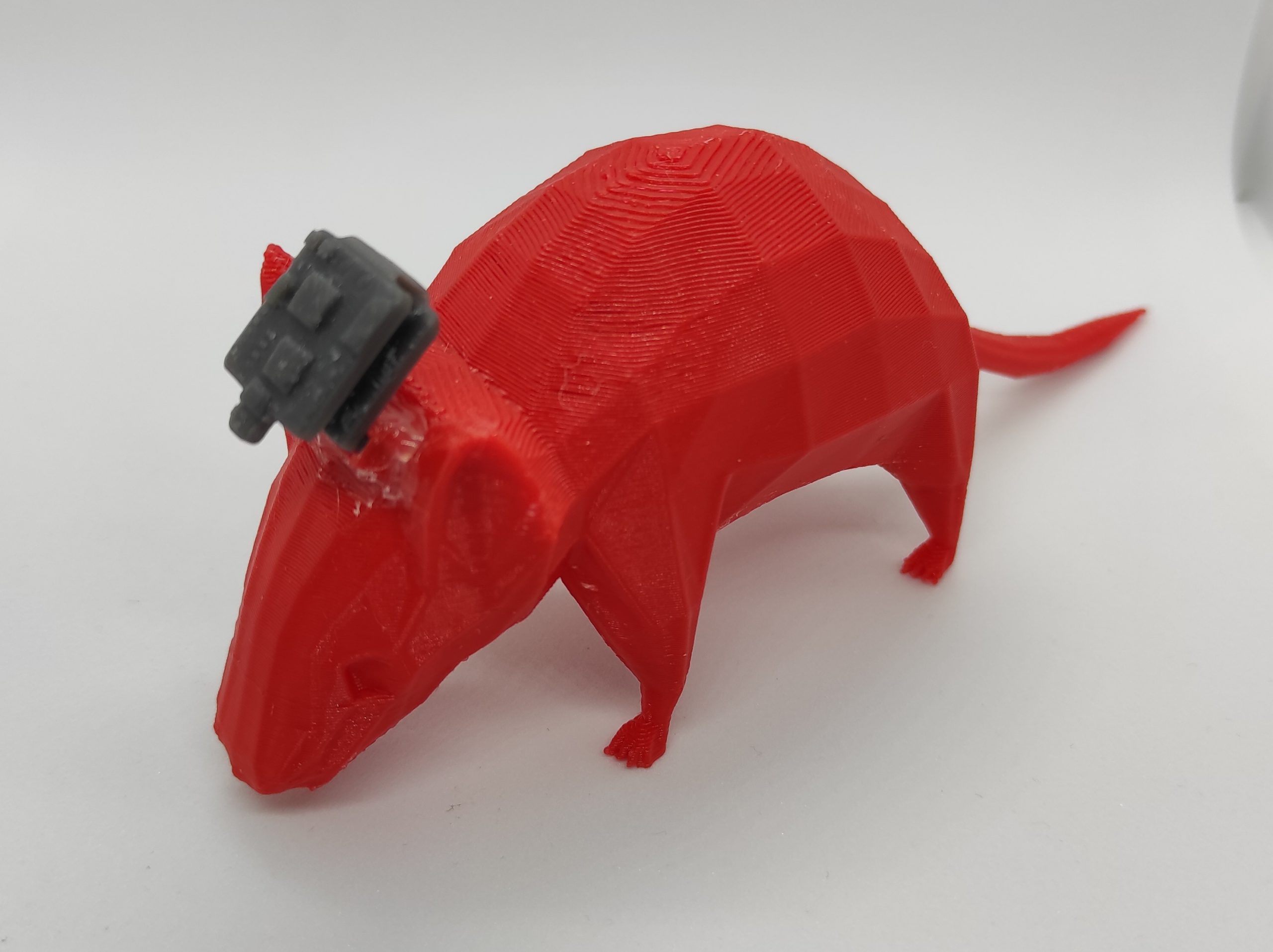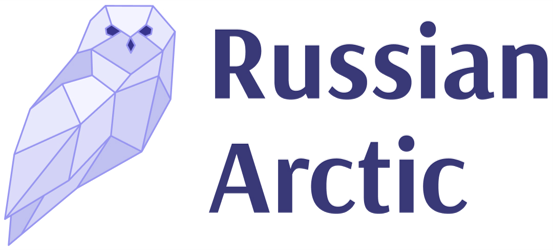SPbPU Has Submitted 11 International BRICS Projects Application Forms
The ISSDP Laboratory of the SPbPU NTI Center has submitted an application for a joint project in cooperation with Brazil, India, and China universities in the field of big data analytics of new infectious disease dissemination.

In mid-October, the deadline for submitting preliminary applications for participation in the 5th Coordinated Call of BRICS STI Framework Programme (STI BRICS) passed. SPbPU was actively involved in it and submitted 11 applications for joint projects in cooperation with all possible participating countries. Among the presented areas are climate change and sustainable development, water treatment technologies, aerospace technologies, photonics, big data processing, computer and mathematical modelling, nanotechnology and new materials, healthcare and biotechnology, energy security and energy efficiency.
The ISSDP Laboratory submitted an application form for “Simulation and big data analytics for advanced precision medicine and public healthcare” project. The research is expected to be carried out during 2022-2025 in cooperation with the Federal University of Rio de Janeiro, Indian Institute of Technology Hyderabad, and University of Shanghai for Science and Technology.
SPbPU is a permanent participant of the BRICS STI Framework Programme. Two major projects of SPbPU in cooperation with the Roorkee Institute of Technology (India) and East China Normal University (China) on the processing of laser geo-scanning data were among the winners of the First and Second Calls in 2016 and 2017. One of these projects – “A software suite for visualization and parallel processing of ultra-large-scale clouds of laser scanning points under RAM limitations” – was carried out by the ISSDP Laboratory of the SPbPU NTI Center. In 2019, the winner of the 3rd STI BRICS Call was another SPbPU project (in cooperation with Indian and South African colleagues) for the study of porous materials filled with liquid dielectrics.
Such a success is largely the result of a developed partner network and productive international cooperation. To participate in the 5th Coordinated Call for BRICS Multilateral Projects 2021, SPbPU research team carried out extensive work together with specialists from the Department of International Cooperation, which coordinates the applications for competitions and grants submission. The main task was the search and selection of partners for the multilateral consortia formation, using the opportunities of the university’s partner network and established contacts through international services.
“The joint work of international services and scientists of SPbPU on the formation of international consortia is, in a sense, one of the top manifestations of our activities. We bring our contacts, partner network, connections, everything that has been developed over the years, and scientific groups get the opportunity to demonstrate their potential and capabilities at the global level. All together, this turns into a tangible result, which is a joint application attracting external funding for research and development of the university”, commented Professor Dmitry Arsenyev, Vice-Rector for International Affairs of SPbPU.“Such work is a key factor that helps establish direct contact with foreign partners and identify mutual scientific interest. This approach guarantees that the established connection of research teams will be strengthened and developed even regardless of whether the declared project would win. Of course, we wish all applicants victory in the competition and have high hopes the consortia created today will continue scientific cooperation further.”
The representative office of SPbPU in Shanghai had a significant role in finding partners in China, as a result of which partners from China participate in 10 out of the 11 consortia formed. New contacts have been established with University of Shanghai for Science and Technology, Nanjing University of Aeronautics and Astronautics, Yangshan University.
“We are pleased to participate in the preparation of applications for the BRICS international competition again. Of course, we already have an experience of participating in such, but it’s still a new project and new international partners every time,“ said Marina Bolsunovskaya, Head of the Industrial Systems for Streaming Data Processing Laboratory. “This year with the help of our colleagues from the International Academic Cooperation Department and the SPbPU representative office in Shanghai we were able to unite scientists from Brazil, India, and China into a consortium. They are the ones who helped us prepare an application in the field of simulation modelling and big data analytics of the spread of new infectious diseases. This topic is now of concern to scientific communities in many countries, so a lively discussion about the proposed methods and tools has raised in our consortium. Regardless of the competition results, we have already made useful contacts with the scientific communities members of the BRICS countries.”
The SPbPU and Brazilian universities relations, as well as close cooperation with the Brazilian agency EMBRAPII, were also in great demand. The permanent participation of SPbPU representatives in the work of the Russian-Indian Network, the right contacts, as well as support and assistance in the selection of partners provided by representatives of the Ministry of Science and Technology (India) and the Embassy of India in Moscow were the main factors of success. Over a month and a half of preparing applications, more than 20 online meetings were held for many scientific groups, as a result of which it was possible to assemble consortia in which three or four partners participate. Most of the meetings were initiated by the Department of International Scientific and External Economic Relations and the International Academic Cooperation Department were attended by the future project coordinators and representatives from different universities research teams.
The applications prepared for joint research reflect the key scientific areas both for SPbPU and for partners and correspond to the declared subjects of the STI BRICS competition (the SPbPU researchers chose eight areas out of ten global subjects proposed).
During the international consortium formation within the BRICS competition, it was possible to combine Russian, Indian, and Chinese researchers’ experience and developments on relevant international topics, such as electrochromic devices and lithium metal anodes for solid-state batteries. Russian SPbPU researches will share its experience in producing functional oxide coatings of complex chemical composition using the molecular layering method (atomic layer deposition) to increase the efficiency of end devices and lithium metal anodes for solid-state batteries,” said Maxim MAKSIMOV, associate professor of the Structural and Functional Materials Research Center of IMMT.
At the first stage, preliminary applications are being selected. At the second stage, projects that have successfully passed the preliminary selection will be able to participate in the final competition of scientific and technical projects for grants under the STI BRICS line. The national selections of the BRICS countries will be announced in early 2022.
Information:
BRICS is a platform for emerging markets and developing countries, a pull for global economic growth and trade cooperation. The BRICS countries (Brazil, India, China, Russia, and South Africa) are the main contributors to the global economy in terms of total output, obtaining investment capital, and expanding prospective consumer markets. BRICS STI Framework Programme, launched in 2016, is aimed at supporting joint scientific research on critical global issues. An important feature of BRICS STI is the multinational approach and the building of sustainable international research teams capable of long-term effective cooperation. BRICS project consortia should bring together organizations from at least three participating countries. The national agencies of each country finance the approved international projects. In Russia, it is the Ministry of Science and Higher Education and the Innovation Promotion Fund.
Source: spbstu.ru

